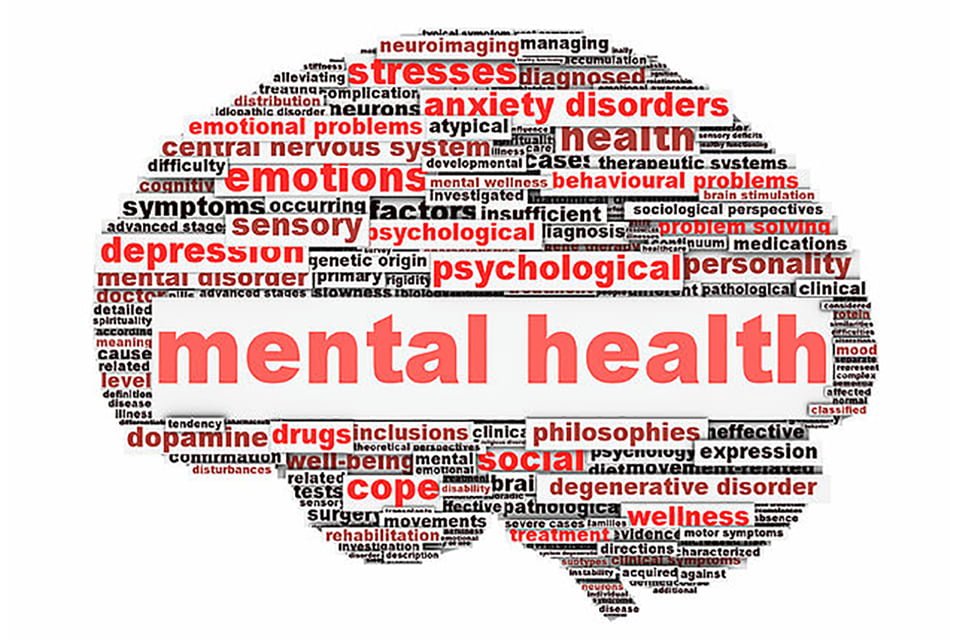
Latest waiting time figures have reinforced the call by a coalition of leading independent and third sector children and young people’s service providers for dramatically increased investment in mental health services to address the current mental health crisis. It has also called for an urgent need for transformational change in services, focusing on prevention and early intervention in order to tackle what is one of the greatest public health challenges of our time.
The call from the Scottish Children’s Services Coalition (SCSC) (see Notes to Editors for members), which campaigns to improve services for vulnerable children and young people, comes as the latest waiting time figures from the Information Services Division, part of NHS National Services Scotland (PDF), highlight that thousands of children and young people are failing to treated within a Scottish Government waiting time target. 1 With an increasing number of children and young people being identified with mental health problems they also highlight a postcode lottery for mental health treatment across the country.
Covering the quarter July to September 2019, the figures highlight that 3,901 children and young people started treatment at specialist child and adolescent mental health services (CAMHS) in this period. The NHS in Scotland, including 9 of the 14 regional health boards, failed to meet the Scottish Government 18-week waiting time target for children and young people to receive treatment from CAMHS. This target should be delivered for at least 90 per cent of patients.
While 64.5 per cent in the NHS in Scotland are being seen within this 18-week waiting time, still in itself far too long, more than a third (35.5 per cent) are failing to be seen within this period.
Individual health boards failing to meet this target are: NHS Fife (75.2 per cent), NHS Ayrshire & Arran (78.1 per cent), NHS Grampian (50.8 per cent), NHS Greater Glasgow & Clyde (71.2 per cent), NHS Highland (64.1 per cent), NHS Lanarkshire (51.9 per cent), NHS Lothian (55.9 per cent), NHS Tayside (54.2 per cent) and NHS Forth Valley (63.8 per cent).
The figures also indicate that 204 children and young people in the July to September quarter had been waiting for more than a year prior to being seen for treatment (PDF), an increase from 151 in the previous quarter (April to June) and more than double that from the same quarter of last year (93).
In addition, more than one in five (21.9 per cent) are having their referrals for treatment rejected (PDF), with no real understanding of what is happening to them after this.
It should be noted that a mere 0.56 per cent of the NHS budget in 2018/19 was spent on specialist CAMHS, amounting to £67.248 million. In addition to this, only 6.61 per cent of the overall mental health budget is spent on CAMHS.
These very low figures are despite the fact that mental health services are creaking at the seams due to greatly increasing demand, as evidenced by these waiting time figures. Research indicates that 10 per cent of children and young people (aged five to 16) has a clinically diagnosable mental health problem (around three in every classroom), with 50 per cent of mental health problems established by the age of 14 and 75 per cent by the age of 24.
While acknowledging the great efforts the Scottish Government is making, such as an additional £250 million of funding announced in the 2018 Programme for Government, the SCSC has called for the Scottish Government to greatly increased investment in CAMHS and for a more consistent approach to delivering these services across Scotland.
It has also called for a renewed focus on prevention and early intervention for those with mental health problem, reducing the need for referral to under-pressure specialist CAMHS.
This includes embedding mental health within education from an early age in order to strengthen knowledge and awareness of mental health, as well as reducing the stigma associated with mental health. Emotion and resilience classes should be provided to all students from primary one to teach students how to work through their emotions in a healthy way and there should be a whole-school approach, with training for all staff involved in education and providing counselling support.
A spokesperson for the SCSC said:
“These latest waiting time figures highlight that fact in this mental health crisis we are continuing to fail thousands of children and young people with mental health problems, with more clearly needing to be done to address this epidemic.
“These newly released figures highlight that the NHS in Scotland, including nine of our health boards, are failing to meet what is already a lengthy waiting time. Yet we know that three children in every classroom has a clinically diagnosable mental health problem.
“There must be a radical transformation of our mental health services, with a focus on preventing such problems arising in the first place and intervening early, especially when we know that half of all mental health problems begin before the age of 14. This includes embedding mental health within education from an early age as well as providing training for all staff involved in education.
“With mental health and the issues associated with it representing one of the greatest public health challenges of our time, we must ensure that children and young people are able to get the care and support they need, when they need it. This includes investing in greater community support and support at school, reducing the need for referral to specialist CAMHS.”
-ENDS-